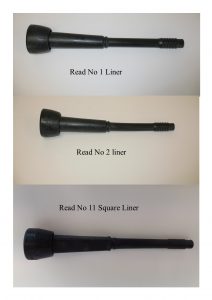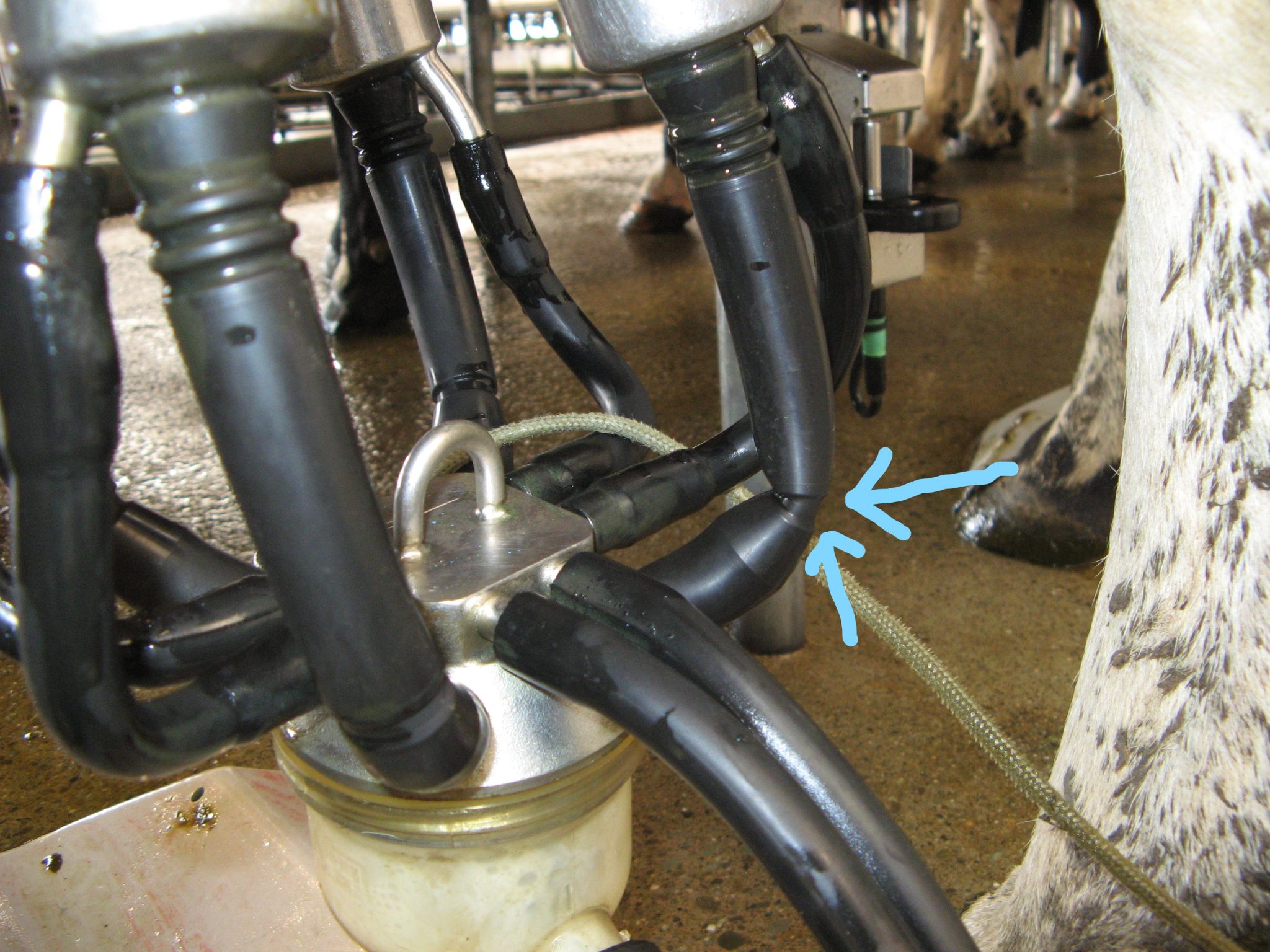Your herd is your best asset! Why reduce your profit margins by using worn or non-compatible teat liners.

Our farming customers understand the benefits of correct liner selection to achieve optimum performance. In support of our customers, Reads stock 14 variations of liners. Notably, the demand has increased in the last year for the square liner. Responding to this demand, we are launching another square liner option. Reads new square liner is to fit the 11mm claws. The 11mm Liner or Read NO.12 liner is available to buy in September 2020. The Read NO.12 Liner is an addition to our original 13mm (Read NO.11 Square Liner). Furthermore, the Read one-piece square-barrel design is made from food-grade synthetic rubber. In turn, helping to minimise the chance of partial closure from kinking during milking. Read cup liners are recommended for 2,500 milking sessions. Read cup liners are manufactured in the highest quality materials. To ensure they meet the New Zealand Food Standards Authority (NZFSA) regulations. Order now!
“Read Square Liners are cohesive with ‘Read’ shells while being compatible with most other brands”.
Read cup liners have been designed with several factors in mind. The deciding factors include milking machine componentry as well as vacuum. Further deciding factors are the cleaning system, and importantly the herd that the liner will be used to milk. Our dairy technicians are industry specialists for liner selection diagnosis, troubleshooting, and recommendations. Anyone can sell you a rubber teat liner. However, it’s important your liners are suited to your shells and herd.
You can trust Read Milking Technicians. Registered technicians in accordance with the Milking and Pumping Trade Association.
Call your Read Specialist Today 03 313 8606

